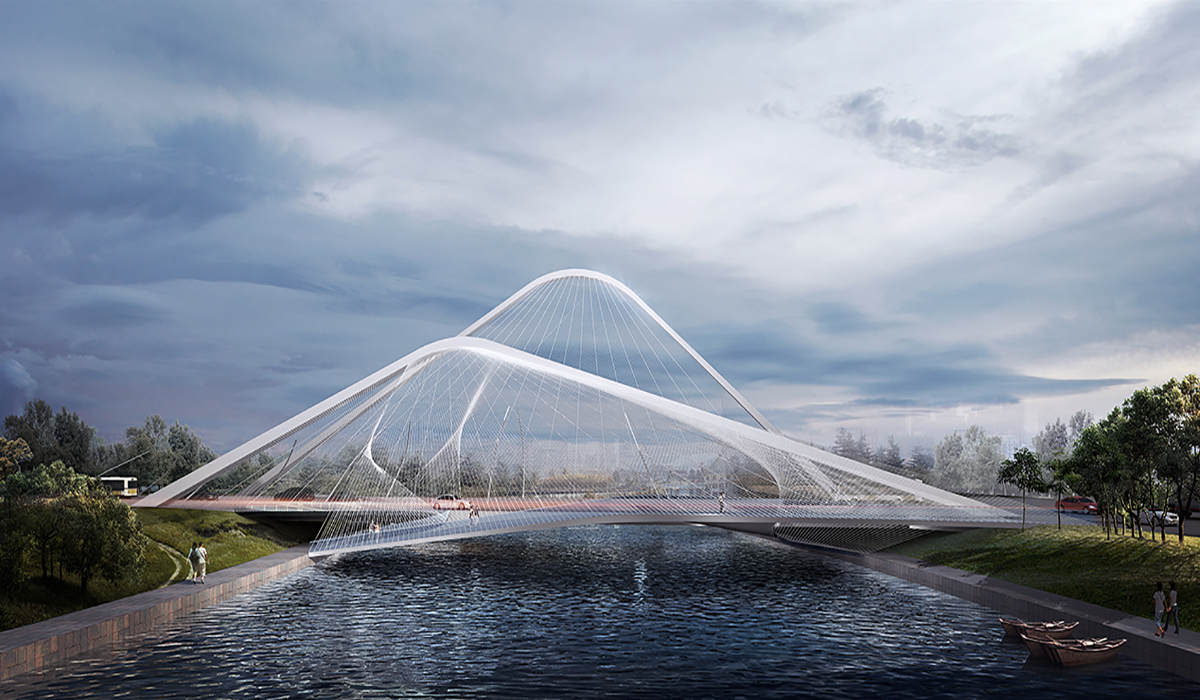Qinghuangdao Bridge
In the past few years the form of new district development in China is constantly changing, the urbanization grow rapidly and reach a more stable and mature level. Infrastructure development such as road bridges instead, became the most intriguing spot for competition and investigation.
This has made it possible for architects to explore hidden social and political potential of historical bridges in China. Chinese bridge pavilion is an example of spiritual work in civic life, it act as the day to day commute infrastructure, the occasional social events hall and a shelter for internal well being. In this case a bridge is a multi purpose architecture that extend to a channel of life. In parallel, the deep structure of the bridge organizational system in Venice is inspiring. A city with rich river resources is always a city of bridges. The famous 4 bridges across the grand canal are landmarks, social spots and important traffic nodes, and the medium and size bridges bearing many other social political function.
Thus a bridge should be a multifunction hub for urban future: 1. Link technology innovation: efficient dimensionality road traffic system 2. Link the marine culture: the continuation of the unique local marine 3. Link health industry: non-replicable fitness experience Flexible use of the space 4. Link the future of life: unexpected travel experience
Credits
Lin Wang
Toto Hu
Da Lu
T22 Architects



